Conditions
- Hip Adductor Injuries
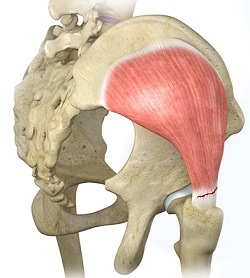
Hip adductors are the group of muscles on the inner side of your thigh that enable adduction or the ability to bring the thighs together.
Know More - Pediatric Femur Fracture
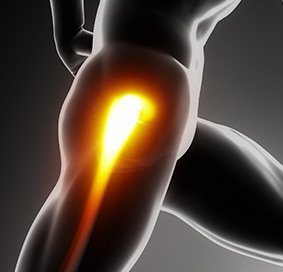
The femur or thighbone is the largest and strongest bone in the human body. Pediatric thighbone fractures can occur when your child falls hard on the ground and gets hit during sports, automobile accidents and child abuse.
Know More - Stress Fractures of the Hip

Stress fractures of the hip are a break in the upper part of the thigh bone (femur) that fits into the socket of the hip joint. It can occur in any part of the hip, however, it mostly occurs just below the ball of the ball-and-socket hip joint called the femoral neck.
Know More - Avulsion Fractures of the Pelvis

Avulsion fractures of the pelvis is an injury that occurs when a tendon or ligament pulls off a piece of bone from the hip. This results in a part of the pelvic (hip) bone breaking away from the main part of the bone.
Know More - Hip Injury

The hip joint is one of the most important and flexible joints in the human body which allows us to walk, run, bend and perform physical activities.
Know More - Stem Cell Therapy for Hip Injuries

Stem cell therapy is a form of regenerative medicine that utilizes the body’s natural healing mechanism to treat various conditions.
Know More - Gluteus Tendon Tear
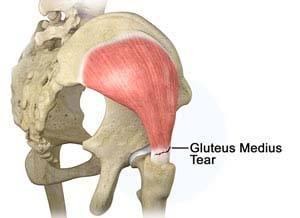
The gluteal muscles (situated in the buttocks) are necessary for the stability and movement of the hip joints.
Know More Launch Video - Hip Pain

Hip pain, one of the common complaints, may not always be felt precisely over the hip joint rather in and around the hip joint. The cause for pain is multifactorial and the exact position of your hip pain suggests the probable cause or underlying condition causing it.
Know More - Snapping Hip Syndrome
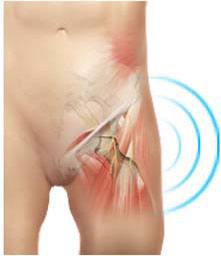
Snapping hip syndrome is usually harmless, but may be accompanied with pain and weakness. Sometimes, the syndrome can lead to bursitis, a painful swelling of the fluid-filled sacs called bursae that cushion the hip joint.
Know More - Hip Bursitis

Hip bursitis is a painful condition caused by the inflammation of a bursa in the hip. Bursae are fluid-filled sacs present in the joints between bone and soft tissue to reduce friction and provide cushioning during movement.
Know More Launch Video - Femoroacetabular Impingement

Femoroacetabular impingement (FAI) is a condition characterized by excessive friction in the hip joint from the presence of bony irregularities. These cause pain and decreased range of hip motion.
Know More Launch Video - Avascular Necrosis
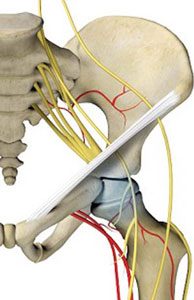
Avascular necrosis, also called osteonecrosis, is a condition in which bone death occurs because of inadequate blood supply to it. Lack of blood flow may occur when there is a fracture in the bone or a joint dislocation that may damage nearby blood vessels.
Know More - Hip Fracture

A hip fracture is a break that occurs near the hip in the upper part of the femur or thighbone.
Know More - Hip Dislocation

Hip dislocation can be caused by injuries from motor vehicle accidents or severe falls.
Know More - Hip Labral Tear

A hip labral tear is an injury to the labrum, the cartilage that surrounds the outside rim of your hip joint socket.
Know More Launch Video - Hip Instability

Hip instability can be traumatic or atraumatic. Traumatic instability can be caused by injuries from sports or motor vehicle accidents.
Know More - Hip Groin Disorders
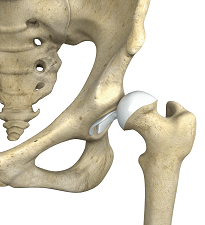
Hip and groin disorders are more common in athletes. They are caused by rapid acceleration and deceleration motion.
Know More - Subtrochanteric Hip Fracture
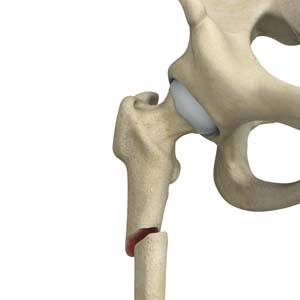
A subtrochanteric hip fracture is a break between the lesser trochanter and the area approximately 5 centimeters below the lesser trochanter.
Know More Launch Video - Hip Abductor Tears

Hip abductors are a major group of muscles found in the buttocks. It includes the gluteus maximus, gluteus medius, gluteus minimus, and tensor fascia lata muscles.
Know More - Hip Synovitis
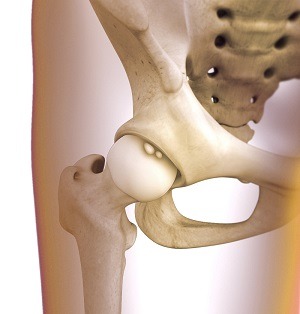
Hip synovitis, also called transient hip synovitis or toxic synovitis, is a condition characterized by inflammation of the synovial tissues that surround the hip joint.
Know More Launch Video - Developmental Dysplasia
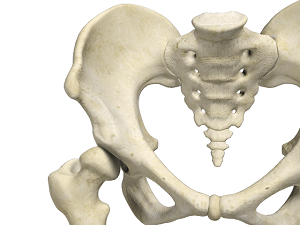
Developmental dysplasia of the hip (DDH) or hip dysplasia is a condition that is seen in infants and young children because of developmental problems in the hip joint.
Know More - Legg-Calve-Perthes-Disease
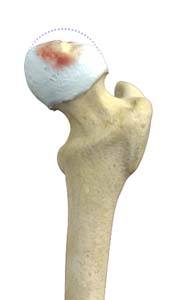
Legg-Calve-Perthes disease (LCPD) or Perthes disease is a disorder of the hip that affects children, usually between the ages of 4 and 10. It usually involves one hip, although it can occur on both sides in some children. It occurs more commonly in boys than girls.
Know More - Irritable Hip
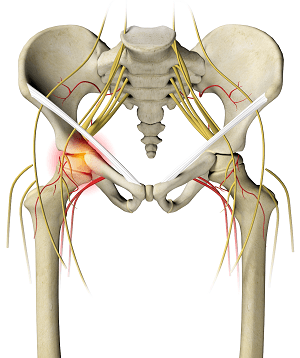
Irritable hip, also known as acute transient synovitis, is a common disorder of childhood characterized by hip pain and limping.
Know More - Hip Tendonitis
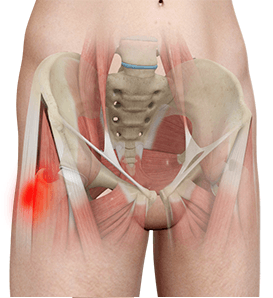
Tendons are strong connective tissue structures that connect muscle to bone. Hip tendonitis is a condition associated with degeneration of the hip tendons. This condition is mainly caused due to strain on the tendons which may occur due to overuse or biomechanical problems.
Know More - Hip Pointer
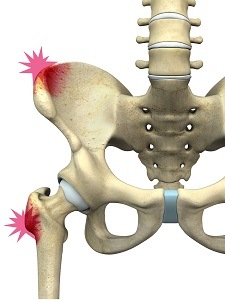
A hip pointer can be treated with rest, applying ice packs immediately after the injury to reduce pain and inflammation, bandages to reduce the swelling, and by elevating your hip over a pillow.
Know More - Transient Osteoporosis of the Hip
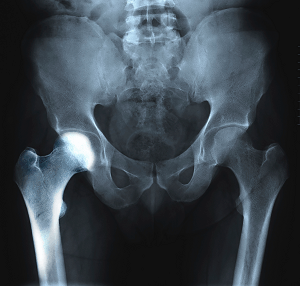
Transient osteoporosis of the hip is a rare condition that causes temporary bone loss in the upper region of the thighbone (femur). It occurs most often in young or middle-aged men of the age groups 30 to 60, and women in their later stages of pregnancy or early postpartum (following childbirth).
Know More - Osteoarthritis of the Hip
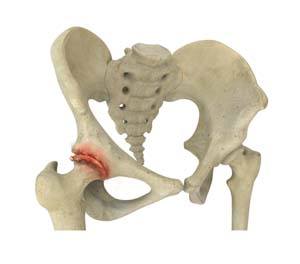
Osteoarthritis, also called degenerative joint disease, is the most common form of arthritis. It occurs most often in the elderly. This disease affects the tissue covering the ends of bones in a joint called cartilage.
Know More - Inflammatory Arthritis of the Hip
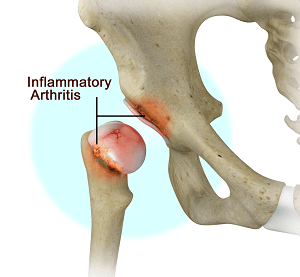
Inflammatory hip arthritis can be diagnosed by a physical examination. Your doctor will ask you to move your hip in different directions to determine which motions are restricted or painful.
Know More - Groin Injuries in Athletes

Groin injuries are injuries sustained by athletes during sports activity. Groin injuries comprise about 2 to 5 percent of all sports injuries. The most common kind of groin injury is a groin strain or a pulled groin muscle.
Know More - Periprosthetic Hip Infection

A very small percentage of patients (less than 1%) who undergo hip replacement may develop an infection around the hip joint following surgery. This infection is called a periprosthetic hip infection.
Know More - Hamstring Injuries

The hamstring is a group of three muscles that run along the back of the thigh from the hip to the knee. Hamstring injuries occur when these muscles are strained or pulled.
Know More






